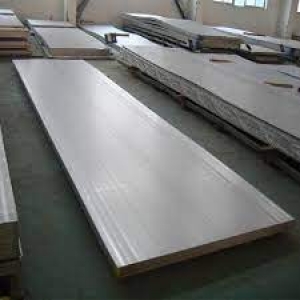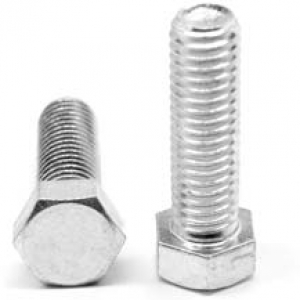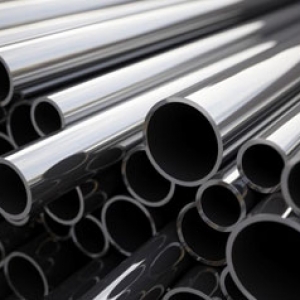A 45-degree elbow is a type of pipe fitting used to change the direction of a piping system by 45 degrees. It is commonly used in plumbing, piping, and industrial applications to redirect flow, navigate around obstacles, or make adjustments to the layout of the pipe system. Here are some key features and considerations regarding 45-degree elbows:
Design: A 45-degree elbow is designed as a curved piece of pipe with two ends that have the same nominal pipe size (NPS) or diameter but are at a 45-degree angle to each other. The inside of the elbow has a smooth curvature to allow for efficient fluid flow and reduced pressure drop.
Materials: 45-degree elbows are available in various materials, including:
- Carbon steel
- Stainless steel
- Alloy steel
- PVC (polyvinyl chloride)
- CPVC (chlorinated polyvinyl chloride)
- Copper
- Brass
- Ductile iron
- PVC-U
- HDPE (high-density polyethylene)
The choice of material depends on the specific application, including the type of fluid being conveyed and the environmental conditions.
End Types: 45-degree elbows typically come with threaded, socket weld, butt weld, or flanged ends, depending on the pipe system's requirements and the method of connection.
Pressure Ratings: The pressure rating of a 45-degree elbow depends on the material, size, and design standards. Elbows are manufactured to meet various pressure and temperature requirements.
Applications: 45-degree elbows are used in a wide range of industries and applications, including:
- Plumbing and water distribution systems
- HVAC (heating, ventilation, and air conditioning)
- Process piping in industrial plants
- Oil and gas pipelines
- Chemical processing
- Power generation
- Marine and shipbuilding
- Irrigation systems
Advantages:
- Directional Change: 45-degree elbows are used when a moderate change in the direction of fluid flow is needed. They are often used in cases where a 90-degree elbow would be too sharp of a turn.
- Space Savings: Compared to 90-degree elbows, 45-degree elbows take up less space and can help streamline the layout of a piping system.
- Reduced Pressure Drop: The gradual change in direction offered by a 45-degree elbow can result in reduced pressure drop compared to a sharp 90-degree bend.
- Improved Flow Characteristics: The curved design of the elbow helps maintain efficient fluid flow by minimizing turbulence.
45-degree elbows, along with other types of elbows (e.g., 90-degree elbows and 180-degree elbows), are essential components in piping systems. Their selection and installation depend on the specific needs of the application, including factors such as space constraints, flow requirements, and the type of fluid or gas being transported. Proper installation and alignment are crucial to ensure the efficient and leak-free operation of the piping system.




